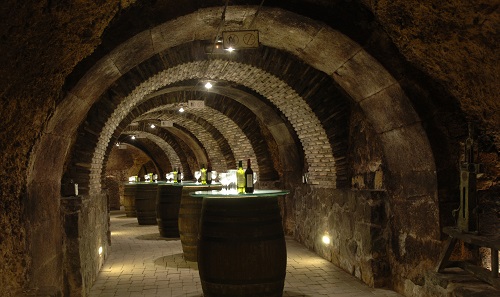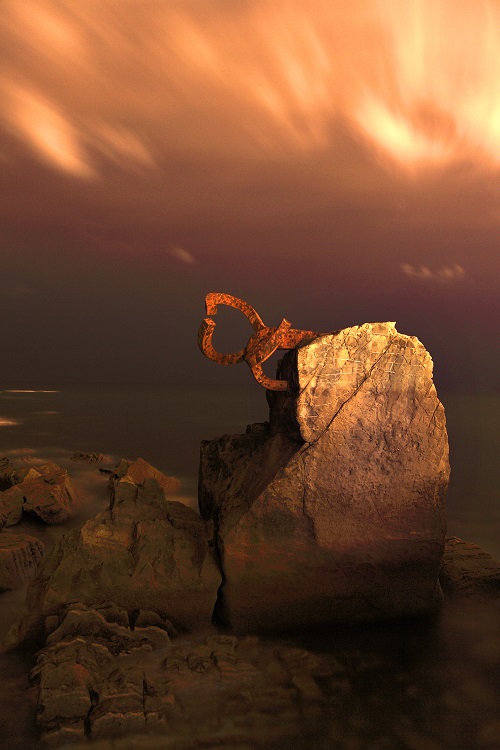
The Basque Cuisine
If everyone who visits Euskadi coincide in one thing, it is this country’s food. A varied and deep-rooted cuisine, which includes both products of the sea, fish and seafood, and different products from the land, meats, fruits and vegetables.
In addition to traditional cuisine, with dishes as well-known as bacalao al pil (spicy cod in garlic sauce), porrusalda (leek soup) or beans with “sacraments” (chorizo, black pudding, pork fat, pork ribs) among others, in recent years Euskadi has become famous for its new Basque cuisine, characterised by innovation and combination of aesthetics and taste in its dishes, which captivate the senses of those who taste them. This culture of culinary innovation has earned it numerous Michelin stars, and it is the second community of Spain with the most stars.
However, one of the greatest protagonists of Basque gastronomy is the pintxo, which plunges us into a universe of flavours in miniature cuisine. From the traditional Gilda (olives, anchovies and chilli peppers on a stick) to the most sophisticated snacks, tasting them is to discover one of our signs of identity.
But in addition to bars, grills and restaurants, the local cuisine can be tasted in gastronomic societies or txokos and traditional cider restaurants, where you can have a good grilled T-bone steak accompanied by natural cider, which we directly serve from the barrel every time we hear txotx!
Don't forget to take an interest in the origin of our products, by visiting any of the markets and marketplaces in Basque towns to meet their producers and learn about their ways of life and philosophies of work.


